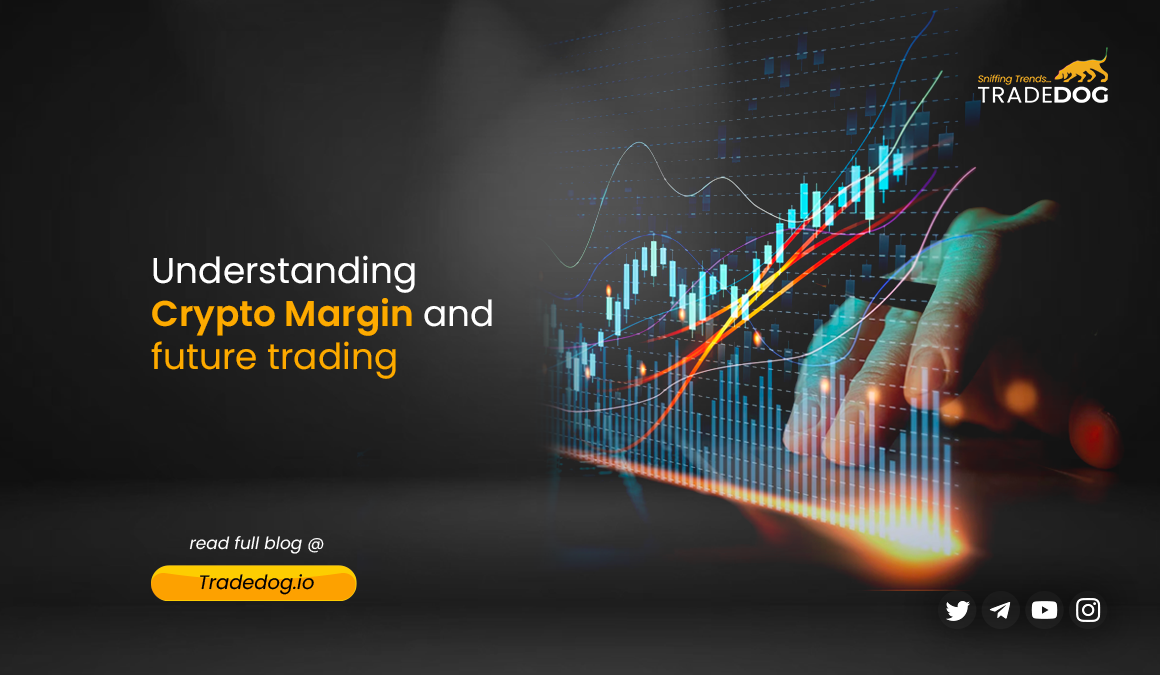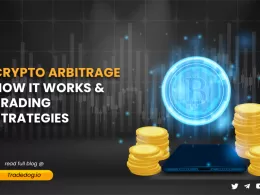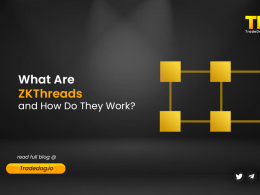Quick Links
Before diving into the world of crypto margin and futures trading, it is essential to grasp the concept of leverage. Leverage is borrowing funds from the market to trade, allowing investors to control a more prominent position with a smaller amount of capital. This concept is central to both margin and futures trading.
What is margin trading and how does it work?
Margin trading involves borrowing funds from brokers to trade assets. Brokers provide funds beyond what investors can afford, enabling them to purchase crypto and stocks.
Profits and losses
When you deal on margin, your gains and losses are based on the total value of the trades. For example, putting $5,000 into a $10,000 bond can earn you a 25% return if the value is more than $12,000. If the return is less than 50%, however, you will be charged initial margin by the exchange. Margin trading offers the potential for high profits, but it also carries significant risks. Losses can exceed the initial investment, and investors must maintain a minimum trade account balance to avoid margin calls.
Is margin trading regulated?
Yes, margin trading is under the constant supervision of regulatory bodies, ensuring investor protection and market integrity.
What are Crypto Futures?
Crypto futures are derivative financial contracts that obligate parties to buy or sell an asset at a predetermined future date and price. These contracts derive their value from an underlying crypto asset, such as Bitcoin or Ethereum. For example, a perpetual futures contract is a type of crypto futures contract that allows investors to bet on a crypto’s future price without actually purchasing the asset.
Why Invest in Crypto Futures?
There are several reasons why investors may choose to invest in crypto futures. First, they allow investors to gain exposure to select cryptos without purchasing them directly. This can be useful for investors who want to diversify their portfolios or who believe that the price of a particular crypto will increase in the future. Additionally, crypto futures trading allows investors to increase their holdings with a single trade by using leverage.
How Do Crypto Futures Work?
In futures trading, investors enter into contracts to buy or sell a specific quantity of an asset at a predetermined price on a specified date in the future. The market determines the price of the asset, and the contract is settled at the end of the trading period. If the price of the asset has increased, the investor makes a profit. If the price has decreased, the investor makes a loss.
Hedging in Crypto Futures
Hedging is a strategy where traders simultaneously open two opposing positions in a digital asset. The purpose of hedging is to provide traders with a form of insurance when prices move in an unfavourable direction. For example, suppose an investor believes that the price of Bitcoin will decrease in the future. In that case, they can enter into a futures contract to sell Bitcoin at a predetermined price. If the price of Bitcoin does decrease, the investor will make a profit on the futures contract, which will offset the loss on their Bitcoin holdings.
Which one is better?
The choice between margin trading and futures trading depends on an investor’s risk tolerance, investment objectives, and market understanding. Margin trading offers the potential for higher profits by leveraging positions. However, it also carries higher risks, as losses can exceed the initial investment and margin calls from brokers can lead to forced liquidation of positions. On the other hand, futures trading allows investors to hedge against price movements and manage risk. However, it also involves high risks, as losses can exceed the initial investment and futures contracts have expiration dates.









